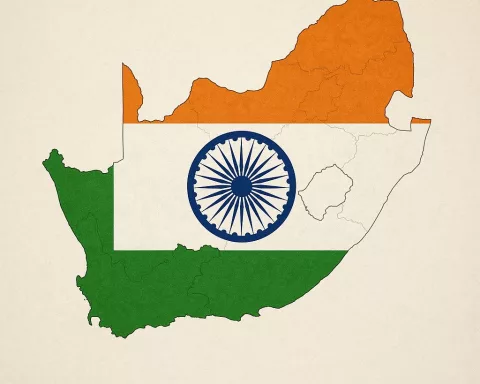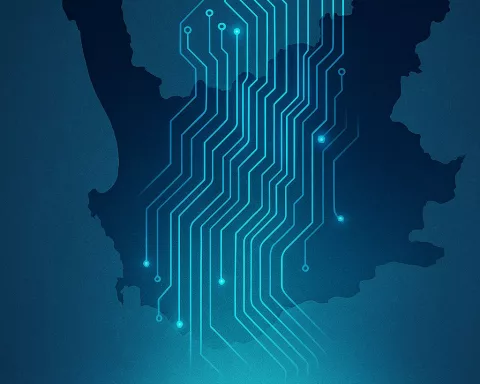Premier Alan Winde recently hosted the 22nd Energy Digicon, which focused on the state of Eskom’s transmission grid in the Western Cape. The event featured Lester Geldenhuis, Chief Engineer at Eskom in the Western Cape, as a guest speaker. Geldenhuis discussed Eskom’s transmission grid development, generation forecasting, and the role of independent power producers (IPPs) in the province.
The Western Cape’s Transmission Network
The Western Cape’s transmission network comprises 18 substations, 31 lines, and spans over 3350 km. The province generates over 4500 MW of power, with peak periods reaching 4000 MW. IPPs contribute just over 1000 MW to the grid. Geldenhuis noted that the grid’s unavailability rate for the current financial year was less than 1%, demonstrating the grid’s relatively stable state.
Future Load Forecast and Generation Predictions
Eskom expects the province’s load forecast to grow by around 5.3 GW between 2023 and 2032. Generation is predicted to increase by 6800 MW, with wind playing a significant role. Overberg, Komsberg, and Beaufort West offer the most opportunities for renewable energy technology and projects in the province.
Keeping Up with the Pace of Demand
As the Western Cape’s population continues to grow rapidly, energy demand will increase, putting added pressure on Eskom. Geldenhuis discussed several planned developments to keep up with the pace of demand, including a substation near Mitchell’s Plain, a transformer for Stikland, an extension of the substation in the Philippi area, and long-term projects such as a second transformer in the Ceres region and a substation in George. Eskom bases its transmission development plan on population growth projections.
Collaboration Challenges
Aside from the increasing demand for electricity, the utility also faces challenges such as land invasions during its expansion attempts. Geldenhuis noted that the Western Cape Government could assist Eskom with its expansion program by collaborating on execution matters. Cooperation among Eskom, provincial, and city governments is necessary to determine where substations and power lines should be built for safe infrastructure execution.
Addressing Vulnerabilities
Addressing the vulnerability of the Western Cape’s grid due to coal-fired power concentration in the north, Premier Winde stated that the provincial government aims to reduce Eskom’s offtake by 5,700 MW over the next few years. This reduction aligns with Eskom’s future targets for power distribution. Additionally, there is a focus on local government networks and ensuring alignment between networks. Geldenhuis echoed these sentiments, emphasizing the importance of adapting the network to accommodate changing energy generation distribution.
By discussing the current state of Eskom’s transmission grid, the challenges it faces, and potential avenues for collaboration, Premier Winde’s Energy Digicon provides valuable insights into the Western Cape’s energy landscape. An emphasis on renewable energy sources and improved cooperation between government entities will be crucial in meeting future energy demand and sustaining the province’s growth.








